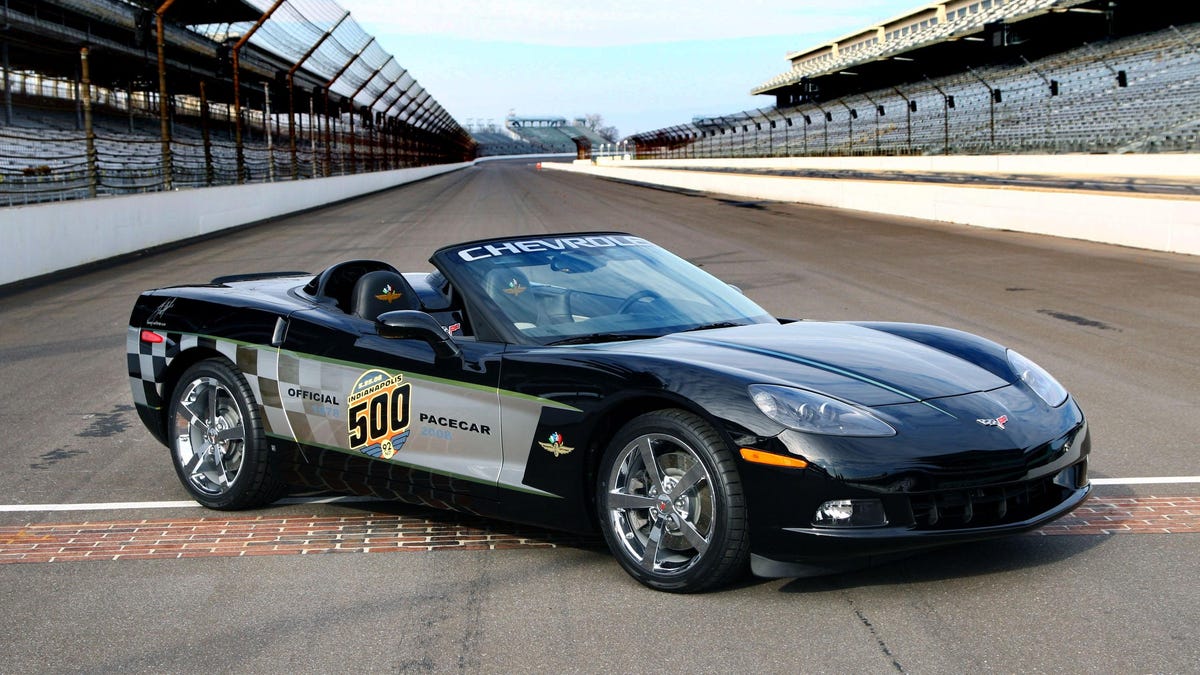Pace Cars Of The Indy 500 Is A Quaint Slice Of Motorsport History Packaged In A Coffee Table Book


We take for granted many of the Indianapolis 500’s traditions, including the introduction of the pace car, so any book that focuses on detailing the year-by-year changes of those traditions has me hooked long before I even open the cover. And that’s exactly what happened with Pace Cars of the Indy 500 by L. Spencer Riggs.
My aunt sent me Pace Cars of the Indy 500 a few years ago as a Christmas gift, and it ended up getting lost in the fray of my apartment after I’d abandoned it during the COVID-19 pandemic. As I packed up, the bright cover of this book drew my eye right away, and I made sure to pack it with the things I was taking home, not putting into storage.
The format of the book is pretty simple. Each year of the Indy 500 that featured a pace car gets, at minimum, a two-page spread. One page offers information on the car, and the other is a large black-and-white photo of the car in question. As the years progressed, Riggs often includes two further pages of photos, many of which are in color.
In terms of the car info, Riggs usually includes the car’s specs — its horsepower, engine size, weight, and price at the time. He also frequently shares a little history about the car, the automaker, the driver who piloted the car on the pace lap, the driver who took home the car as part of his prize package, and what happened to the car later.
Essentially, pace cars — formerly known as pacesetters or pacemakers — became a way for automakers to flex some of their best technology. It was a huge honor for your car to be selected to pace the Indy 500 field, especially since Riggs also includes the sales figures of that model, which generally saw a significant increase after the car was selected
G/O Media may get a commission
While the book doesn’t go into tons of historical detail, it does end up offering an encapsulated history of American automobiles in the sense that there are so many automakers that folded or took ages to be selected because they just weren’t considered iconic enough. Cole, for example, seems to be one of the author’s favored makes, but I don’t think most car enthusiasts today would recognize the name.
It was also a hell of a lot of fun to watch the evolution of the Speedway in the background of the photos. From brick to pavement, from initial pagoda to today’s iconic track feature, from front-engined roadsters to rear-engined racers, there’s so much history shared in the images that they’re worth the purchase of the book alone.
The perfectionist in me struggled a bit with the willy-nilly use of commas in this book, but that was my biggest complaint. Overall, Pace Cars of the Indy 500 is an exceptional bit of history, replete with gorgeous photos of cars you may not have ever heard of. Any Indy 500 fan — or historical automotive fan — will love flipping through this one.








